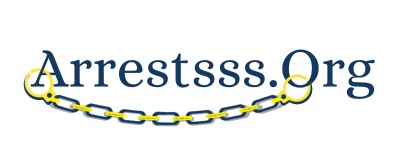In today’s exploration, we dive into the intricacies of South Carolina’s prison system, offering comprehensive insights into the various facets of its correctional facilities and the experiences of inmates within them.
South Carolina’s Prison Landscape
South Carolina’s prison system, like those across the United States, is a complex web of facilities designed to house and rehabilitate individuals convicted of a range of offenses. Delving deeper into this system reveals an array of structures, programs, and daily life realities.
Understanding Correctional Facilities
South Carolina boasts several correctional institutions, each with its unique purpose and security level. Understanding the distinctions among these facilities is key to comprehending the state’s correctional landscape.
Types of Correctional Institutions
South Carolina’s correctional system includes several types of facilities, each with a specific role in the state’s justice system.
- Maximum-Security Prisons: These institutions are designed to house high-risk inmates and feature stringent security measures.
- Medium-Security Prisons: For inmates posing a moderate risk, these facilities balance security with rehabilitation.
- Minimum-Security Camps: Also known as work camps, they focus on non-violent offenders’ reintegration into society through employment and vocational training.
- Youth Offender Institutions: These facilities address the needs of inmates under 21 with educational and counseling services.
Rehabilitation Programs
Inmates in South Carolina benefit from a variety of rehabilitation programs and opportunities, which play a pivotal role in their reintegration into society.
- Educational Opportunities: Inmates can access GED courses, vocational training, and college-level courses through partnerships with local institutions.
- Overcoming Overcrowding: South Carolina employs strategies like parole reforms, diversion programs, and community supervision for low-risk offenders to address prison overcrowding.
- Substance Abuse Treatment: Comprehensive programs are in place to assist inmates struggling with substance abuse, offering counseling, therapy, and support.
- Reentry Initiatives: South Carolina supports inmates’ transition into society by providing pre-release programs, job placement assistance, and reentry support, ultimately reducing recidivism rates.
Inmate life in South Carolina prisons is marked by challenges and opportunities, making it crucial to explore this system’s various dimensions. These facilities, their security levels, and the programs they offer all play a role in shaping the experiences of those incarcerated in the state.
FAQ’s
What educational opportunities are available to inmates in South Carolina prisons?
Inmates in South Carolina have access to a wide range of educational programs, including GED courses, vocational training, and college courses offered through partnerships with local institutions.
How does South Carolina address overcrowding in its prison facilities?
South Carolina employs several strategies to alleviate overcrowding, including parole reforms, diversion programs, and an increased focus on community supervision for low-risk offenders.
Are there rehabilitation programs for inmates struggling with substance abuse issues in South Carolina?
Yes, South Carolina offers comprehensive substance abuse treatment programs within its correctional facilities, providing counseling, therapy, and support to inmates seeking recovery.
What initiatives exist to help inmates prepare for reintegration into society after their release?
South Carolina provides pre-release programs, job placement assistance, and reentry support to help inmates successfully transition back into society and reduce recidivism rates.

